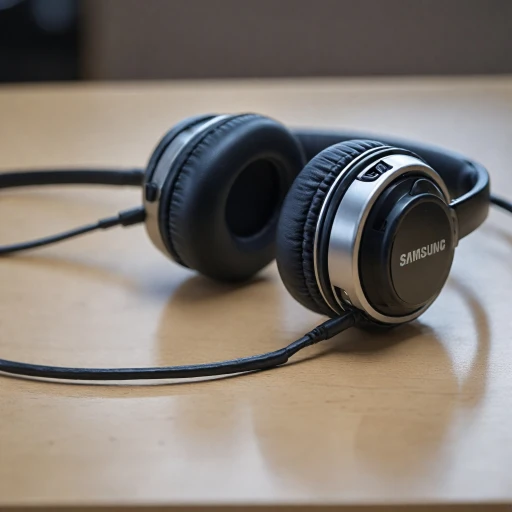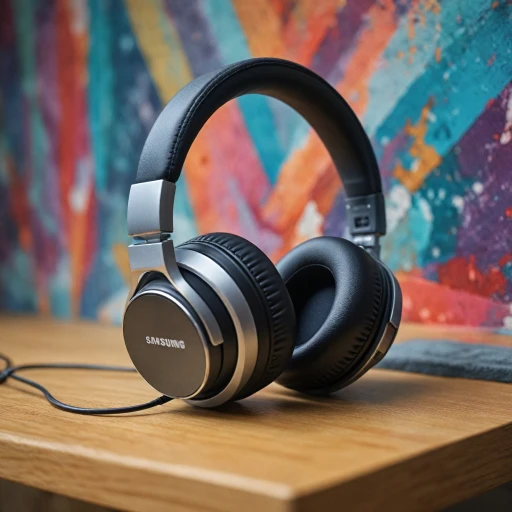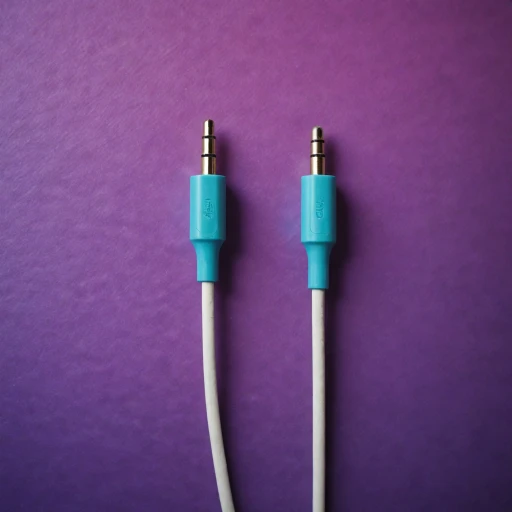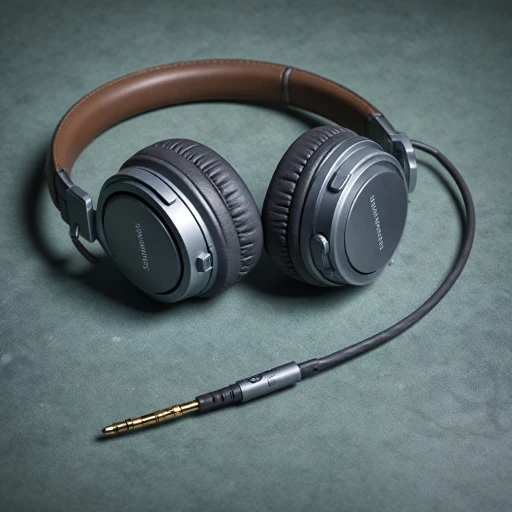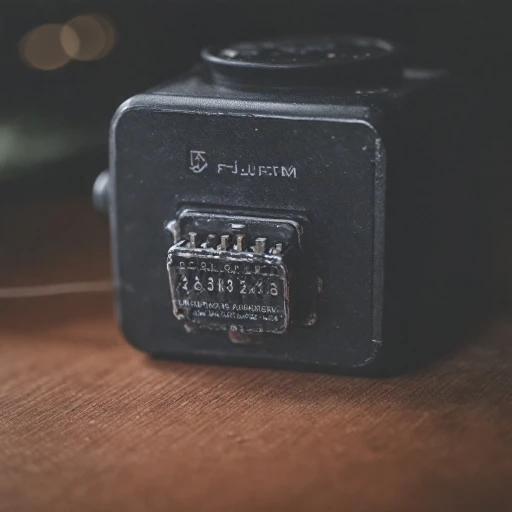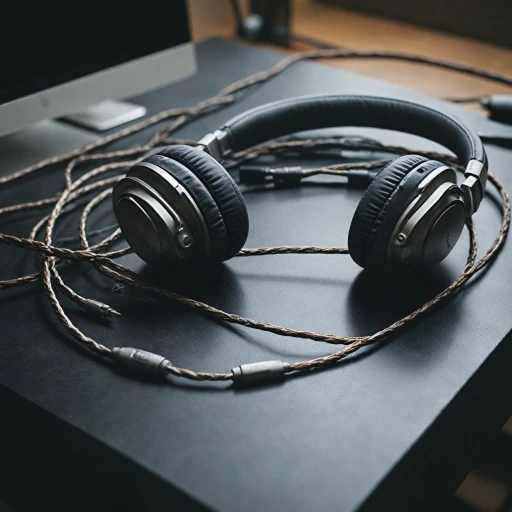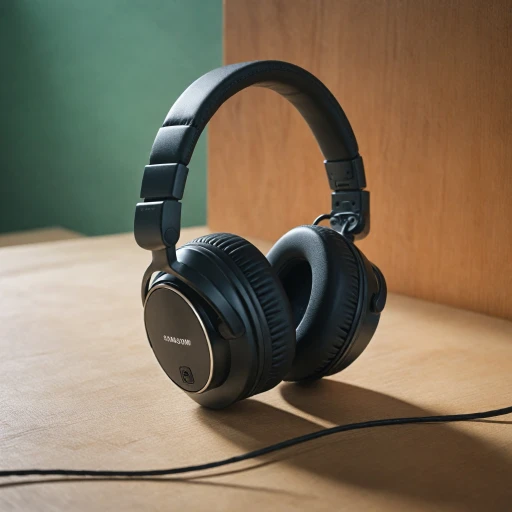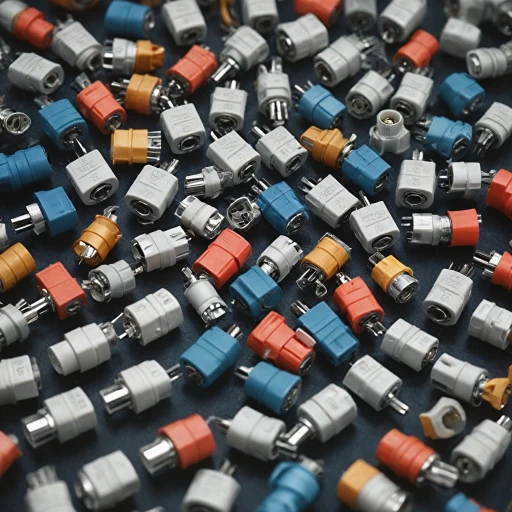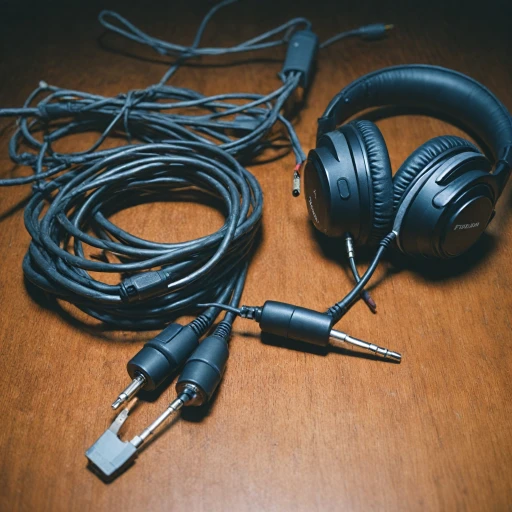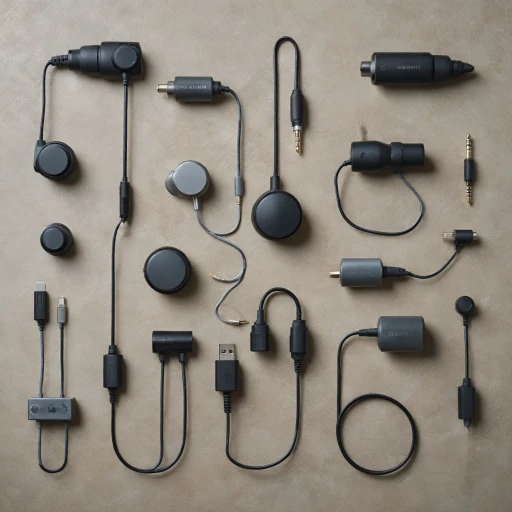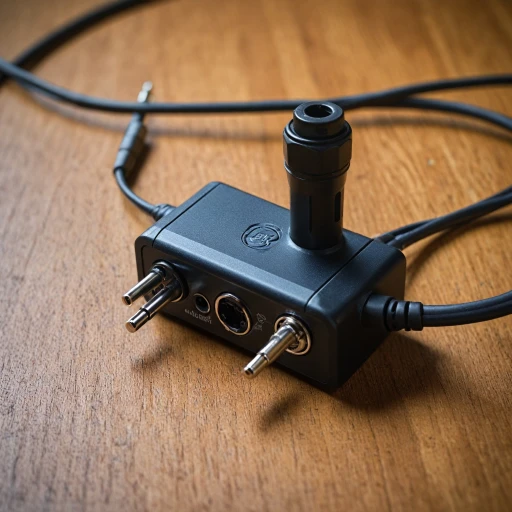What is a TRRS to TRRS Cable?
The term TRRS stands for "Tip, Ring, Ring, Sleeve," and it refers to a specific type of audio cable known for its versatility in connecting multimedia devices. Unlike the TRS (Tip, Ring, Sleeve) cable, which primarily supports stereo audio, the TRRS cable introduces an additional ring contact, allowing it to carry microphone signals alongside stereo audio. This makes it particularly useful for devices like headphones that include both audio output and microphone input.
TRRS cables are commonly used in various accessories such as smartphones, tablets, and audio equipment kits. They serve as a bridge for transmitting audio signals and enabling two-way communication. For instance, when using noise-canceling headphones with a built-in microphone, a TRRS cable ensures seamless connectivity between your headphones and devices, enhancing both sound quality and microphone functionality.
With the rise of smartphones and tablets, TRRS cables have become increasingly prevalent. They often come as adapter cables or cables bundled with audio products, providing compatibility with headphone jacks found in an array of devices. However, selecting the right TRRS cable can be a bit daunting given the multitude of options available in the market. It is advisable to consider factors like the cable's build quality, gold plating on connectors for better signal integrity, and the presence of a year warranty from manufacturers.
For more technical guidance, including setting up microphones with specific headphone models like the DT770 LE, a step-by-step guide can be invaluable. This ensures you achieve the optimal balance of audio performance and recording capabilities when utilizing noise-canceling headphones.
How TRRS to TRRS Cables Enhance Noise Canceling Headphones
Enhancing Performance for Noise-Canceling Devices
TRRS to TRRS cables play an instrumental role in improving the functionality of noise-canceling headphones. These cables facilitate seamless audio and microphone connections, essential for fully harnessing the capabilities of modern headphones. Unlike standard TRS cables, which only handle stereo audio signals, TRRS cables incorporate an additional connection to accommodate microphones, making them crucial for interactive audio experiences. Noise-canceling headphones require precise connections to maintain the integrity of both audio and microphone signals, whether you're using them for immersive music listening or clear communication. The additional ring in TRRS (Tip, Ring, Ring, Sleeve) connectors allows for more comprehensive signal transmission, effectively supporting microphone input, which is particularly beneficial when used with devices like smartphones, tablets, and computers. As audio and microphone data pass through a TRRS adapter or male audio cable, it ensures the complete utilization of headphone features. This connection stability becomes pivotal in maintaining the company's promised sound quality and noise cancellation performance. However, it's worth considering the importance of cable quality and durability, as these factors significantly influence the long-term effectiveness of your headphones. Look for gold-plated connectors, as they provide better conductivity and prevent corrosion over time, ensuring that your cables enhance the performance of your audio product efficiently. To seamlessly integrate your noise-canceling headphones across various devices, a well-chosen TRRS to TRRS cable is more than just an accessory; it's a critical component. Whether connecting with your smartphones tablets or linking to a lavalier microphone, these cables prove to be an indispensable part of audio kits. For deeper insights into how TRRS adapters impact your audio experience, check out this role of a 2.5 mm headset jack adapter when dealing with noise-canceling devices.Compatibility Considerations
The Essential Factors of Compatibility
When it comes to selecting the right TRRS to TRRS audio cable for your noise-canceling headphones, compatibility is key. Not all cables fit seamlessly with every device, and choosing the wrong one can disrupt your audio experience.
Here are essential compatibility elements to keep in mind:
- Devices: TRRS cables are often used to connect headphones with smartphones, tablets, and audio gadgets. Ensure your chosen cable suits your specific device model. Certain TRRS jacks may not align perfectly with older product designs.
- Connectors: This cable typically features a TRRS male plug on both ends. Verify that your device ports accept a male TRRS plug. Most modern devices do, but always check the details before purchasing.
- Audio and Microphone Compatibility: A single TRRS cable conveys both stereo audio and microphone signals. Ensure the cable you select supports both functions, as some deal mainly with one. Look for user reviews on your specific headphone model for insights.
- Accessories Compatibility: If using any accessories, like a TRRS adapter or microphone cable, ensure they are compatible with the cable and your device.
For more information on compact designs that complement your headphone setup, check out our insights on the MoonDrop EVO case, specifically crafted for convenience and compatibility in practice.
Quality and Durability Factors
Assessing the Quality and Durability of TRRS to TRRS Cables
When it comes to choosing the right TRRS to TRRS cable for your noise canceling headphones, understanding the quality and durability factors is crucial. A high-quality cable not only enhances audio performance but also ensures longevity, saving you from frequent replacements. Here are some key considerations:
- Material and Build: Look for cables made from high-quality materials such as oxygen-free copper, which provide better conductivity and reduce signal loss. The outer jacket should be durable yet flexible, often made from materials like PVC or braided nylon.
- Gold-Plated Connectors: Opt for cables with gold-plated connectors. These resist corrosion and provide a stable connection, which is essential for maintaining audio quality over time.
- Strain Relief: Ensure that the cable has proper strain relief at the connectors. This feature prevents the cable from bending too sharply at the ends, reducing the risk of breakage.
- Shielding: Effective shielding is vital to protect against electromagnetic interference (EMI) and radio frequency interference (RFI), which can degrade audio quality. Look for cables with multiple layers of shielding for optimal performance.
- Warranty and Customer Reviews: Consider products that come with a year warranty or more, as this indicates confidence in the product's durability. Additionally, reading customer reviews can provide insights into the real-world performance and longevity of the cable.
By focusing on these factors, you can ensure that your TRRS to TRRS cable not only enhances your headphone's noise-canceling capabilities but also stands the test of time. Investing in a quality product may come with a higher initial price, but it can lead to better long-term value.
Common Issues and Troubleshooting
Troubleshooting Common Issues with TRRS Cables
Finding the perfect TRRS cable for your noise canceling headphones can greatly improve your audio experience, but sometimes issues can arise. Here are some common problems and solutions:- Audio Distortion: If you notice distortion or buzzing, ensure your TRRS cable, particularly any gold plated connectors, are clean and securely connected to both the audio source, like smartphones tablets, and the headphones. Poor connections may result from worn out cables or loose connections.
- Microphone Failures: When your trrs microphone doesn't work, the issue might be with microphone cables or compatibility with smartphone movo devices. Check if you need an adapter cable or if the cable is plugged into the correct port.
- Mono Sound: Sometimes, stereo audio might play as mono due to a faulty trs trrs adapter. Ensuring you have the right accessories trrs could correct this.
- Loose Connections: A common problem when cables, especially auxiliary cords, are too short or worn out. Consider investing in high-quality cables with a year warranty to avoid this issue.
- Compatibility with Devices: Some cables might not be compatible with all smartphones tablets, causing limited functionality. It's vital to check the product specifications and read reviews to ensure you'll get the desired performance from the cable.
- Cable Durability: High-quality, durable cables can be costlier, but the current price of well-reviewed products will often reflect longevity.
Selecting the Right TRRS to TRRS Cable
Choosing the Ideal TRRS to TRRS Cable for Your Headphones
Selecting the right TRRS to TRRS cable is pivotal to optimizing the performance of your noise-canceling headphones. The variety in cables ranges widely, offering options that suit different needs, from basic to more advanced. Focusing on the following considerations will help ensure you make an informed choice:
- Purpose and Compatibility: Consider what devices you intend to connect. Ensure the TRRS cable or adapter is compatible with your headphones, smartphone, or tablet. Some cables may also facilitate additional functionalities, such as supporting a lavalier microphone.
- Build Quality and Durability: Prioritize cables constructed with robust materials. Look for gold-plated connectors, which are more resistant to corrosion and offer better sound quality.
- Length and Portability: Depending on your setup, the cable's length can affect usability. A standard length provides flexibility, whereas a shorter one aids in minimizing tangles and easy portability.
- Price and Warranty: Evaluate the current price range of TRRS cables, always balancing cost and quality. Consider options that include at least a one-year warranty, providing a safety net for potential defects.
- User Reviews and Product Deals: Investigate customer reviews and product ratings. Watch for any available deals or kits that may bundle multiple accessories together, such as mic cables or USB adapters.
By keeping these aspects in mind, you'll find the right TRRS to TRRS cable to elevate your audio experience, making your noise-canceling headphones more effective and enjoyable.

